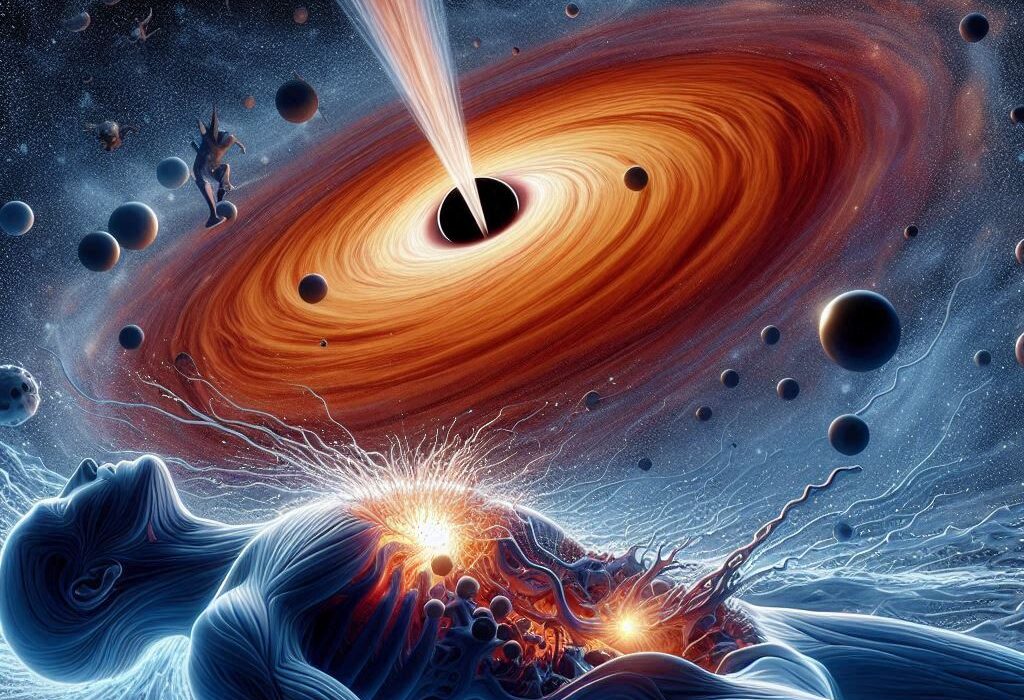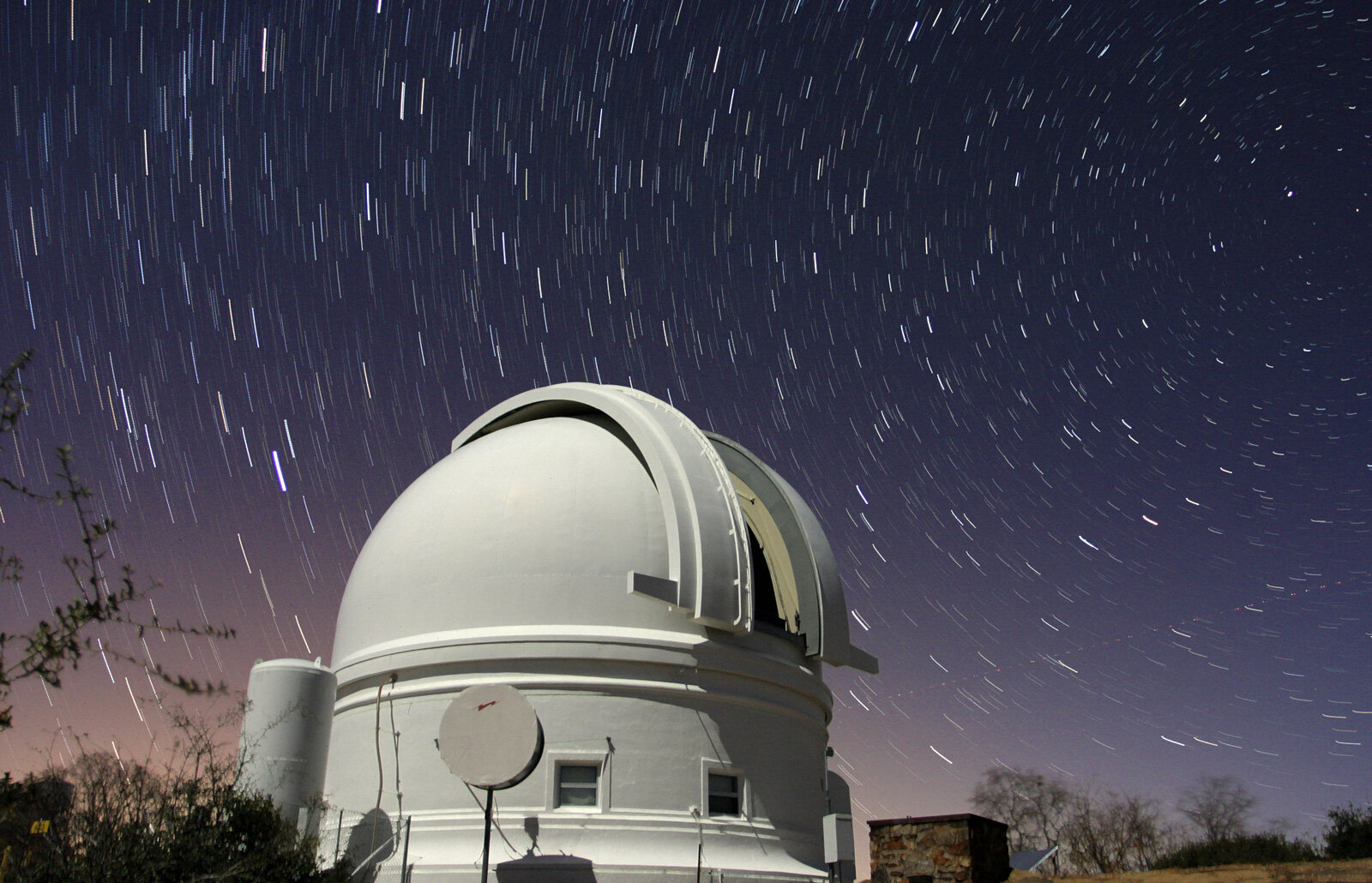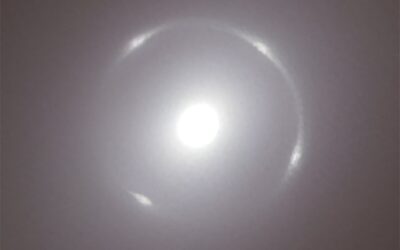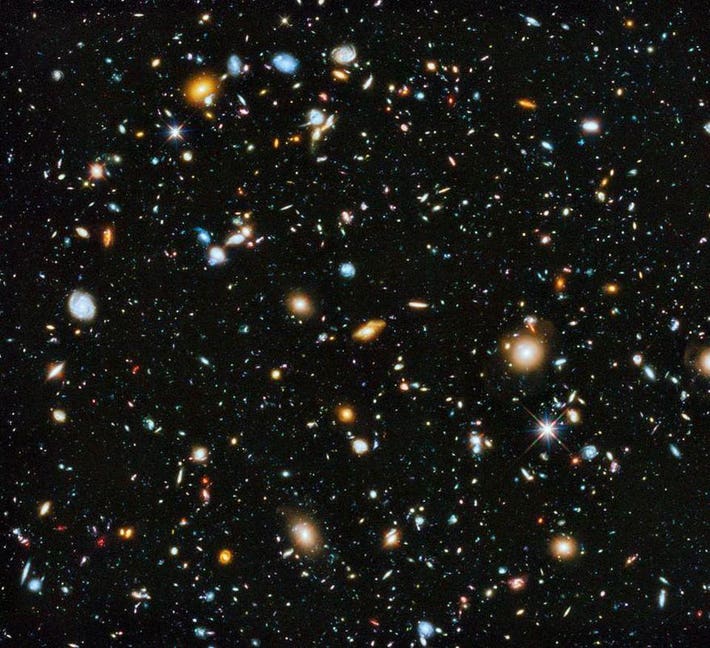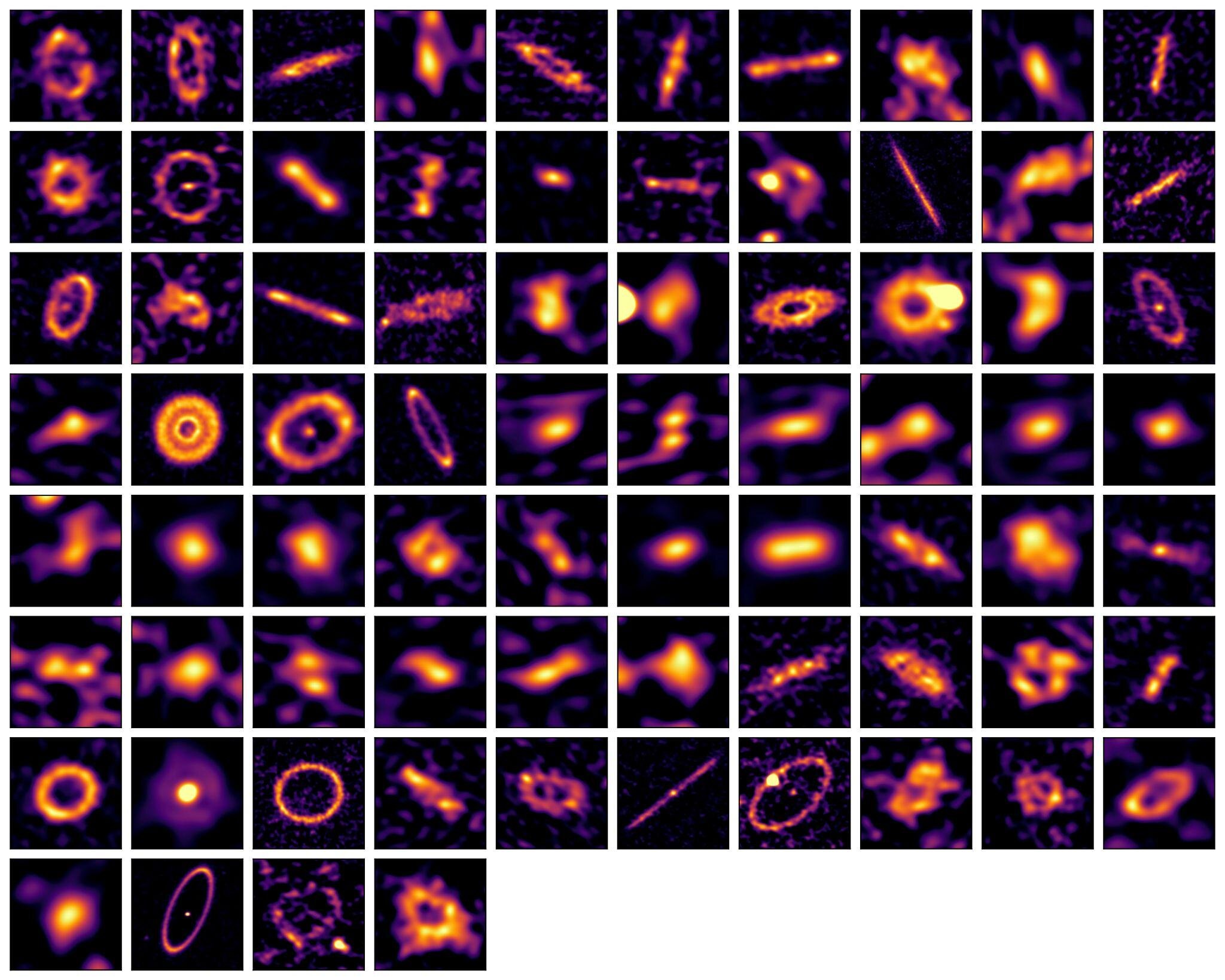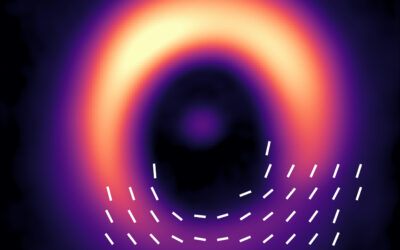In 1974, science fiction author Larry Niven introduced a fascinating idea in his murder mystery novel: Could a tiny black hole be used to kill someone? It’s a scenario that plays on the extreme properties of black holes—intense gravity, tidal forces, and the event horizon, all of which seem more than capable of ending a life in a horrific manner. While this premise is an intriguing one for fiction, the scientific reality behind such an event is more complex and nuanced than it might first appear.
On one hand, the concept is simple—if you have a sufficiently large black hole, the forces at play would undoubtedly be lethal. But on the other hand, if a black hole were as small as a hydrogen atom, it would be practically undetectable, offering no threat at all. The real question then becomes: What is the minimum mass a black hole needs to have in order to be deadly? This is the question explored in a recent paper published on the arXiv preprint server, which delves into the science of primordial black holes, their possible effects, and how large they would need to be to cause harm.
Primordial black holes are an intriguing theoretical concept. They are believed to have formed in the very early moments of the universe, before stars and galaxies had even begun to take shape. These black holes would be much smaller than typical stellar-mass black holes, with masses ranging from the size of a single hydrogen atom up to several times that of Earth. While astronomers have not yet found any evidence for the existence of primordial black holes, various observations have ruled out certain mass ranges.
For instance, any primordial black hole smaller than 10¹² kg would have already evaporated due to Hawking radiation, a phenomenon predicted by physicist Stephen Hawking. On the other hand, if a primordial black hole were larger than 10²⁰ kg, its gravitational pull would cause it to lens stars in the Milky Way, bending the light from distant stars. However, no such gravitational lensing effects have been observed, suggesting that any black holes of that size are exceedingly rare, if they exist at all.
Some models propose that primordial black holes could be the missing source of dark matter, the invisible substance that is thought to make up most of the universe’s mass. If this hypothesis holds true, the mass of primordial black holes would likely fall in the range between 10¹³ and 10¹⁹ kg, which is similar to the mass range of asteroids. With this in mind, the study focuses on these mid-range masses and examines two key effects that could determine whether a primordial black hole could be deadly: tidal forces and shockwaves.
Tidal forces are a result of the difference in gravity experienced at different points within a body. In simple terms, the closer you get to a gravitational source, the stronger the force you experience. A black hole, being an extremely dense object, exerts an incredibly intense gravitational pull, and the difference in force between two points on your body could cause significant damage. For example, if a black hole of asteroid-like mass passed through a person, the tidal forces would be intense but localized. These forces would likely cause damage only to a small portion of the body—similar to a needle passing through flesh. In the case of passing through the limbs or midsection, the damage would be localized and probably non-lethal.
However, the situation would be far worse if the black hole passed through the head. The forces acting on the head would likely be sufficient to tear apart brain cells, which are particularly sensitive to changes in force. Even a slight differential in force, in the range of 10 to 100 nanonewtons, might be enough to kill, especially given the delicate nature of brain tissue. For a black hole to cause this kind of damage, it would need to be toward the higher end of the primordial black hole mass range, at around 10¹⁹ kg.
While tidal forces can be incredibly destructive, another factor could make a primordial black hole much more deadly: shockwaves. When an object like a black hole enters a body, the density and gravitational effects create a shockwave—an intense ripple of energy that spreads through the body. This shockwave could damage cells, create heat, and transfer energy that would further harm tissue. To generate shockwaves with enough energy to cause significant harm, a primordial black hole only needs to have a mass around 1.4 × 10¹⁴ kg. This mass is well within the range of possible primordial black holes, meaning that they could potentially cause damage comparable to the impact of a bullet.
So, in theory, a primordial black hole could indeed be deadly, and its potential effects would be devastating. However, in the real world, such an event is far from likely. Even if primordial black holes do exist, the probability of encountering one in the vastness of space is astronomically low. The number of asteroid-mass primordial black holes would have to be exceedingly rare compared to the immense scale of the universe. The odds of a person encountering one in their lifetime would be less than 1 in 10 trillion, making it an interesting thought experiment, but not something to lose sleep over.
This study, while fascinating, underscores the complexity and unpredictability of the universe. The theoretical existence of primordial black holes introduces a range of exciting possibilities, but the likelihood of these small, dense objects becoming a real danger to us is incredibly remote. Nevertheless, the exploration of black holes, whether primordial or stellar in nature, remains one of the most captivating areas of modern astrophysics. The mysteries of black holes continue to inspire scientific research, prompting new questions and driving the quest to understand the nature of the universe itself.
In the end, while the idea of a tiny black hole causing harm makes for a compelling murder mystery in science fiction, the reality is far more interesting than fiction could ever imagine. It’s a reminder of the wonders and dangers that exist in the cosmos, waiting for us to uncover their secrets, no matter how small or large they may be.
More information: Robert J. Scherrer, Gravitational Effects of a Small Primordial Black Hole Passing Through the Human Body, arXiv (2025). DOI: 10.48550/arxiv.2502.09734
